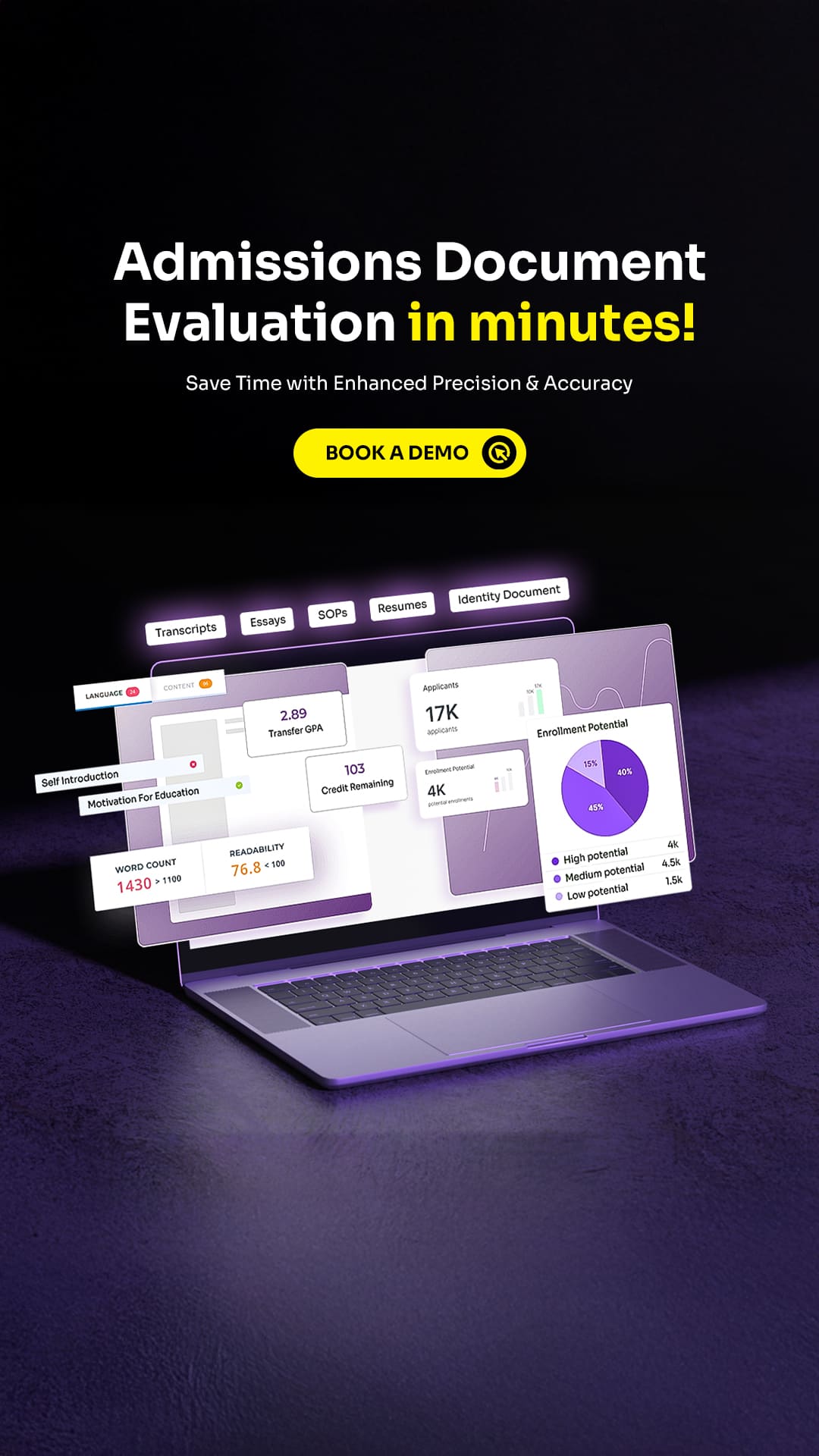The disruptive technology has significantly altered how education is offered throughout educational institutions. It has resulted in the widespread use of learning management systems to host virtual classes, assign assignments, and encourage class discussions. The LMS is an essential component of the virtual educational process of design and development. Let's take a look at some of the advantages of employing a learning management system in the classroom.
Table Of Contents
Introduction
An LMS, or learning management system, is a collection of apps that serves as a consolidated platform for all virtual classrooms across numerous educational institutions. It aids in the operation, planning, monitoring, and execution of various training programs.
As schools and businesses increasingly adopt e-learning technology, the LMS market is experiencing rapid growth. According to a new report by MarketsandMarkets, the global LMS market is expected to grow to USD 51.9 billion by 2028, at a Compound Annual Growth Rate (CAGR) of 18.6% during the forecast period.
This surge in demand highlights the versatility of LMS solutions, which simplify course delivery, track progress, and manage administrative tasks. By ensuring a seamless flow of information, LMS platforms are becoming essential tools for enhancing educational and corporate training experiences.
6 benefits of using a Learning Management System
1. Support efficient distribution of class materials
- By using the LMS to distribute class materials, all students will have access to the lesson, including objectives, activities, and resources, whether they are in the classroom or learning remotely.
- Online textbooks can even be shared through software tools.
- Instead of pupils purchasing and transporting a large textbook to and from school every day, a current product can be incorporated into the class website.
2. Resources in a variety of formats
- Resources can be sourced and presented in a variety of formats.
- This enables teachers to collect a variety of materials on a certain topic or skill to assist students in understanding the context in the best way possible.
- Videos and other sites may be readily incorporated into class websites to provide students with easy access as well as visually appealing learning pages.
3. Parental access to class schedule, outlines, and assessment
- Parents and guardians can view their child’s calendar, class schedule, outline, and exam dates.
- This allows meaningful interaction to occur outside of class time, and parents or guardians may actively participate in their child’s learning.
- This might be quite beneficial for those who want assistance with the organization.
4. Unlocks deeper insights
- An LMS provides in-depth information that assists schools and universities in making better-informed judgments.
- It also gives greater insight into students’ performance than marks, punctuality, and performance reviews.
- The system may examine records and other extracurricular activity statuses and generate a comprehensive report.
- In other words, it gives statistics to measure learning advancement.
- Teachers may readily identify pupils who want further assistance across disciplines.
- Similarly, students who excel in a topic might be encouraged to further their studies.
- It enables instructors and administrators to discover areas for development or gaps.
- Different key performance indicators may be set by institutions to measure students’ involvement with courses, how much time they spend on assignments, what devices they use, and so on.
5. Saves time and money
- Implementing an LMS system in the classroom is seen as a cost-effective technique.
- The price of the solution will vary depending on the size of an institution’s system.
- However, it reduced expenditures in a variety of areas, resulting in significant long-term savings.
- Many LMS solutions provide automated grading.
- Teachers may use this to automatically mark multiple-choice assignments, saving them a significant amount of time and work.
- Furthermore, virtual classrooms may accommodate more students than traditional classrooms.
- As a result, teachers save time by not having to repeat teachings owing to class size limits.
- As if that weren’t enough, an LMS saves time spent managing instructional materials and other records.
- You may categorize your materials by school year, subject, time generated, and much more.
6. Enables effective communication
- An additional advantage of an LMS system is that it keeps instructors and parents in constant communication.
- It serves as a channel via which instructors may communicate significant news to parents and discuss their children’s progress with them.
- Teachers, for example, can live stream emergency meetings with parents or immediately share homework with them.
- It guarantees that parents can keep track of their children’s progress and activities.
- Parents and guardians can also view their child’s calendar and timetable.
- This allows them to actively participate in their child’s learning.
- Not only parents but also students may keep open lines of contact with their professors.
Conclusion
The finest feature of an LMS is that it makes it simple to include social learning into an institution’s eLearning strategy. Institutions may simply connect their LMS to pages and groups on Facebook, Twitter, and LinkedIn. They will be able to teach a large number of students. Furthermore, they can sell their eLearning courses on social networking platforms in order to attract new students. The objective here is to select the best LMS solutions for their schools in order to gain the most benefits. Institutions may examine the numerous alternatives offered, shortlist the ones that meet their needs and use the free trials before making a final decision.
Also Read: Strategies to increase student enrollment with a limited admission team
10 Performance Metrics to Boost Student Enrollment
Student recruitment in a post-COVID world










No comments yet. Be the first to comment!
Leave a Comment